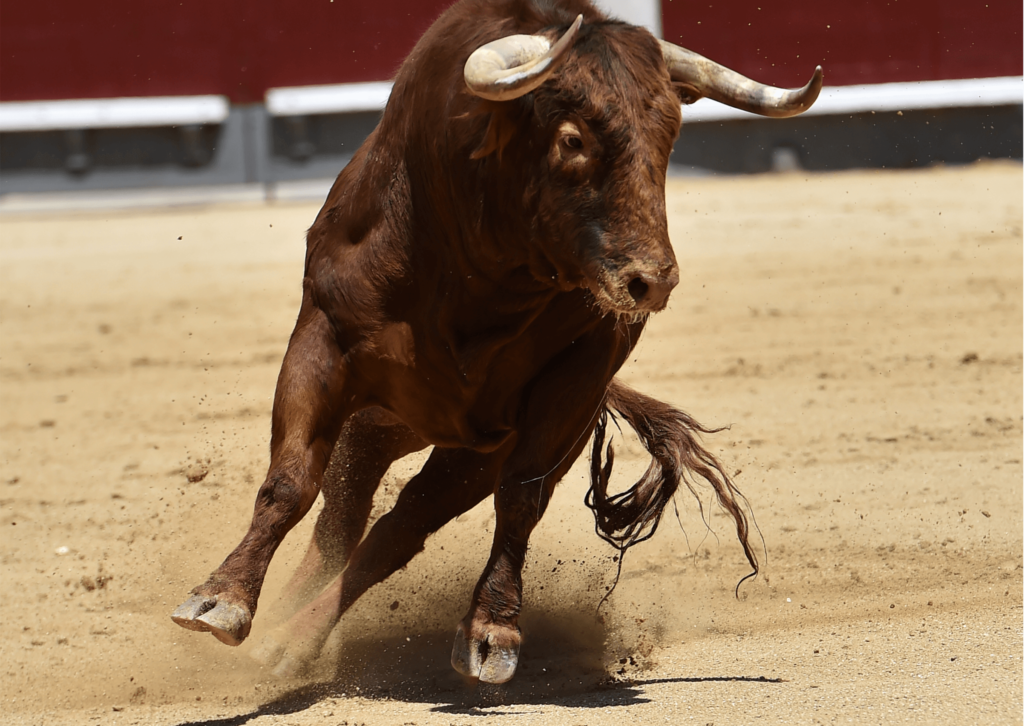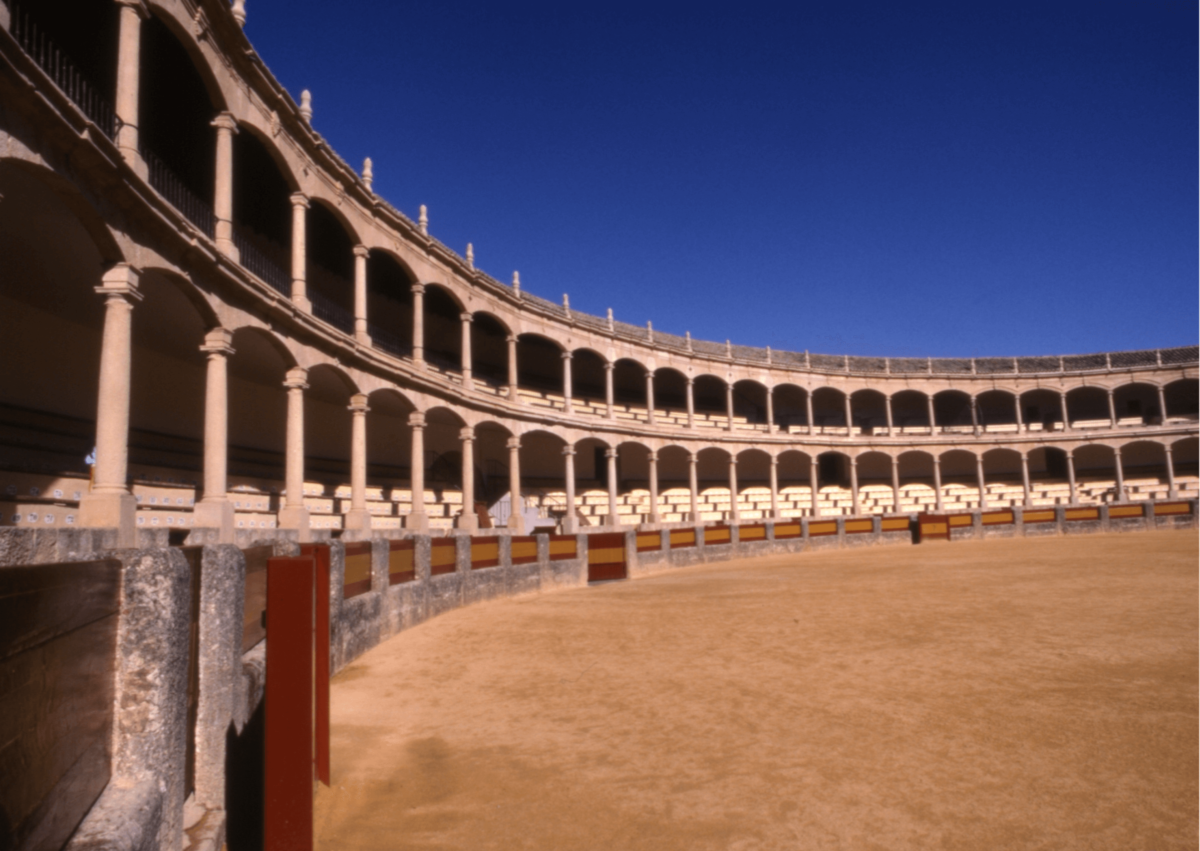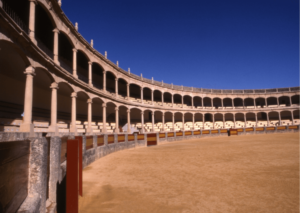Corrida, also known as bullfighting, is a traditional art form and sport that has deep roots in Spanish history. Many people see the corrida as a cultural spectacle, while others criticise it as a form of animal cruelty. The history of the corrida goes back many centuries and its roots can be found in the rituals associated with cattle. In the Middle Ages, corridas began to take a more organised form. In the 16th century, bullfighting became popular in Spanish royal courts. Over the following centuries, the tradition grew in importance and spread throughout the country. The corrida consists of three main parts, called ‘tercios’. The first tercio is the ‘tercio de varas’, in which the bullfighters bring the bull into the arena and, using lances, weaken its strength. The second tercio, ‘tercio de banderillas’, involves placing coloured flags in the bull’s body to prove the bullfighter’s courage. The third tercio, ‘tercio de muerte’, is when the bull is killed by the bullfighter.
The corrida takes place in a special arena called the ‘plaza de toros’. These arenas can accommodate thousands of spectators who come to admire the skills of the bullfighters. Before the fight begins, there is often a ceremony in which the bullfighters pay tribute to their mother. There are a number of well-known bullfighting arenas in Spain, such as La Maestranza in Seville or the Plaza de Toros de Las Ventas in Madrid. Each of these venues has its own unique atmosphere and traditions. The corrida is not only a sporting event, but also a social one, where people gather to experience emotions together. The bullfighters, also known as matadors, are highly respected in Spanish culture. They have to undergo lengthy training to acquire the skills needed to fight bulls. Many of them become celebrities and their lives often resemble those of celebrities.

Over time, the corrida has become controversial, especially among animal lovers and animal rights organisations. Critics point to the suffering of the bulls and the fact that corridas are an outdated tradition that should be abolished. In response to these arguments, some cities in Spain have decided to ban bullfights. However, many supporters of the corrida argue that it is an important part of Spanish culture. They believe that the corrida has a place in the country’s history and should be respected as an art form. Over the past few years, in response to growing criticism, some of the traditions associated with the corrida have been modified. Some bullfighters choose to fight without killing the bulls, a form of respect for the animals.
The corrida has also had an impact on art and literature. Many writers, painters and filmmakers have been inspired by this tradition, creating works that portray both the beauty and brutality of the fight. Regardless of the controversy, the corrida remains an important topic in Spanish society. Many people have strong opinions about the tradition, making it a topic of constant debate. As society changes, the future of the corrida may also change. Some fear that the tradition may disappear, while others hope that a compromise can be found to preserve the art in a more humane way. In any case, the corrida remains an integral part of Spanish culture and identity, where passion, art and tradition are intertwined.










